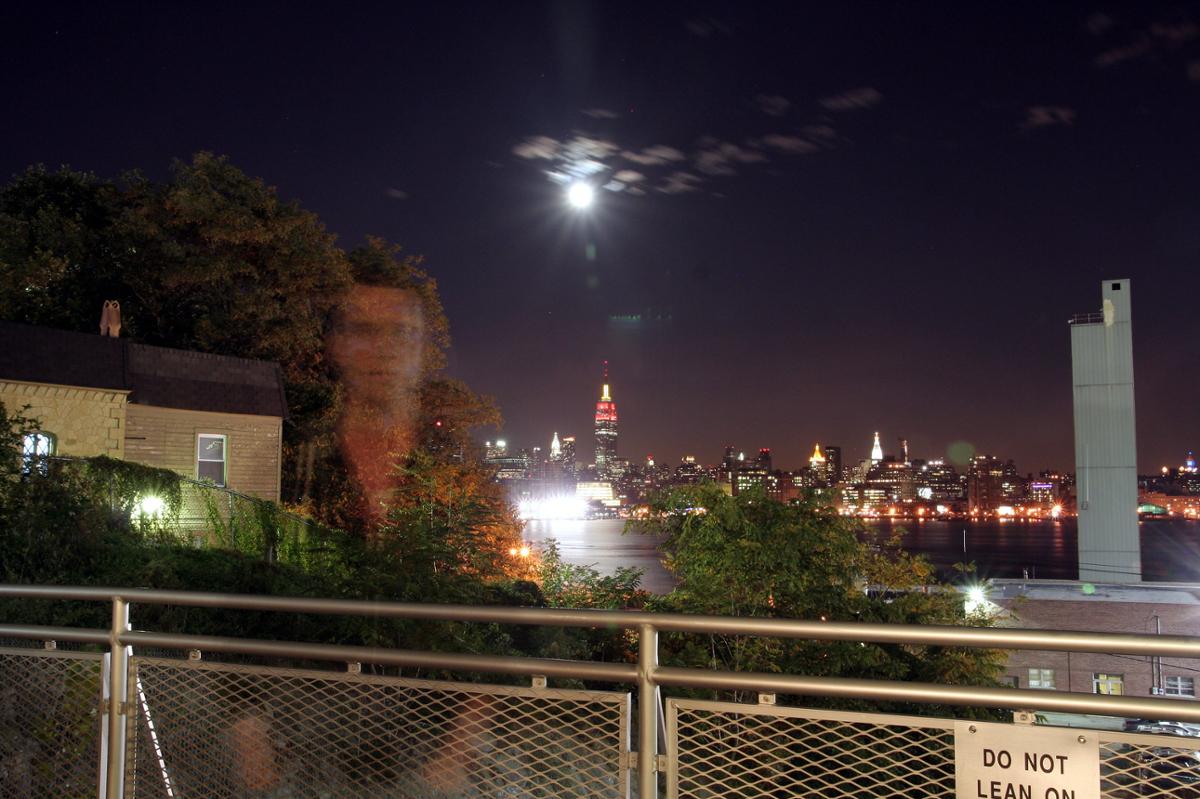Have you ever looked out of a window on a cold night? If the flames from your fireplace flicker bright enough, you might see a copy of yourself standing out in the snow. Don’t worry; it’s not the Ghost of Christmas Past—it’s a common optical illusion, devised by scientists back in the nineteenth century.
Professor John Henry Pepper was the Bill Nye of his day. Lecturing for the Royal Polytechnic Institute, it was Pepper’s job to concoct entertaining ways to educate wide audiences— from traveling scholars, to Queen Victoria.
On Christmas, 1862, Pepper’s latest spectacle took the form of a play: an adaptation of Charles Dickens’s The Haunted Man and the Ghost’s Bargain.
On stage, a man sits alone in an office. Suddenly, he duplicates, producing a translucent version of himself who is able to walk through the walls of the theatre.
Paranormal activity? The answer is much simpler than that—it’s accomplished with just three tools: an actor, a light, and a sheet of glass.
While the glass faces the audience, an actor stands just out of view. When hit with a bright light, a translucent version of the actor suddenly appears, reflected onto the stage above him.
This is possible thanks to a healthy balance between light reflection and transmission—while most light photons pass through glass, slight imperfections in the glass cause some to bounce back. The resulting image is see-through.
But Dr. Pepper’s true goal was to reveal the power of perception. His presentation challenged audiences to pause at fantastic appearances which may have rational explanations.
Today, you can see “Pepper’s Ghost” in action at museums and theme parks all around the world.










